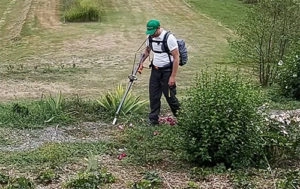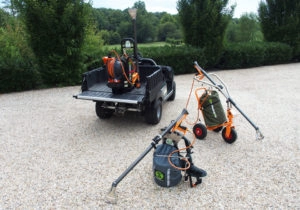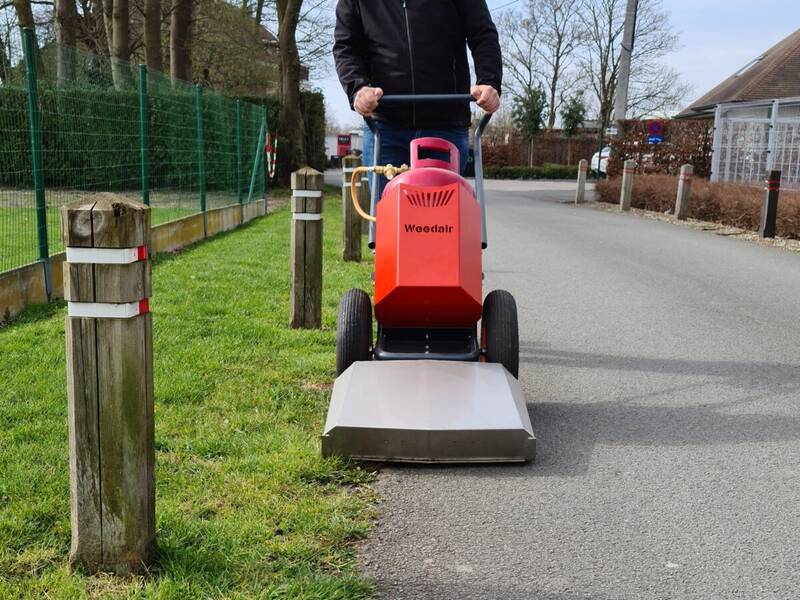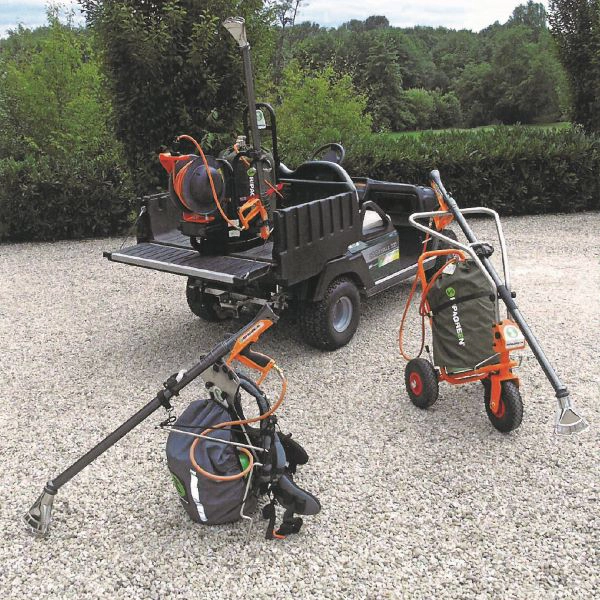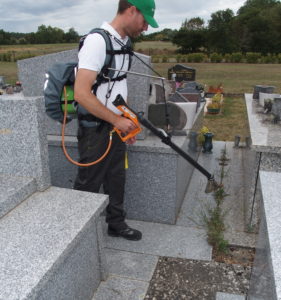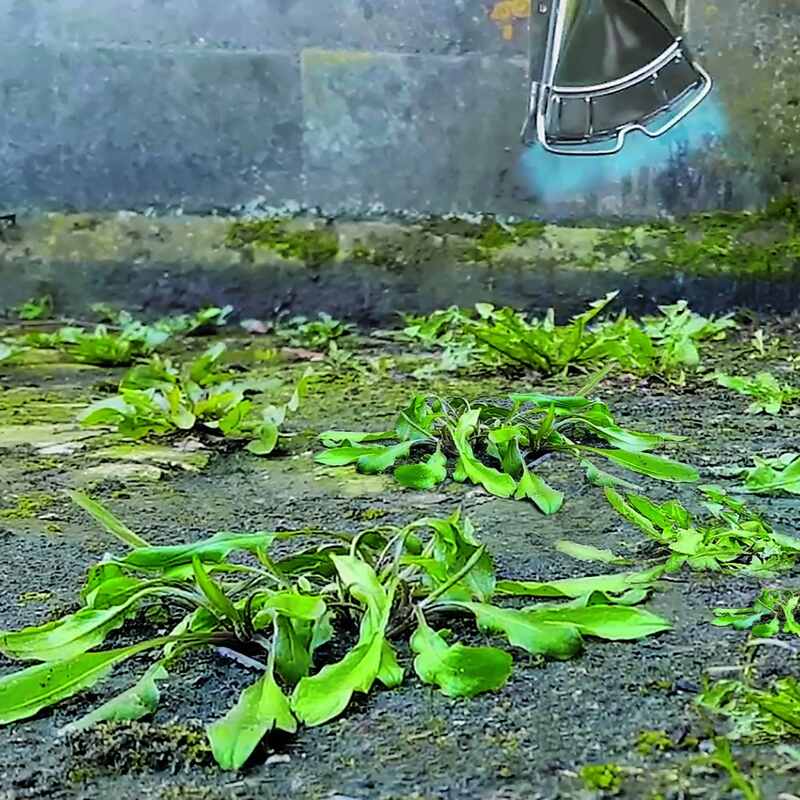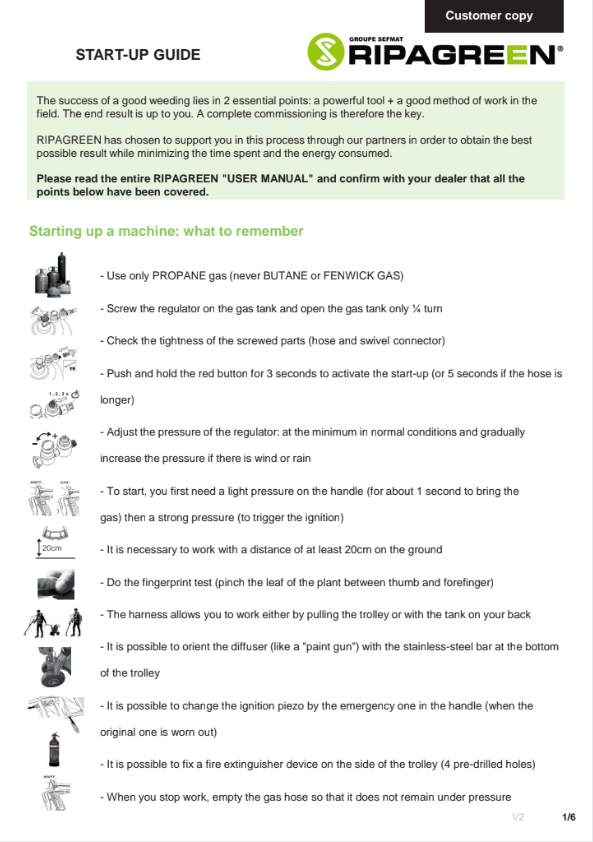Ripagreen series
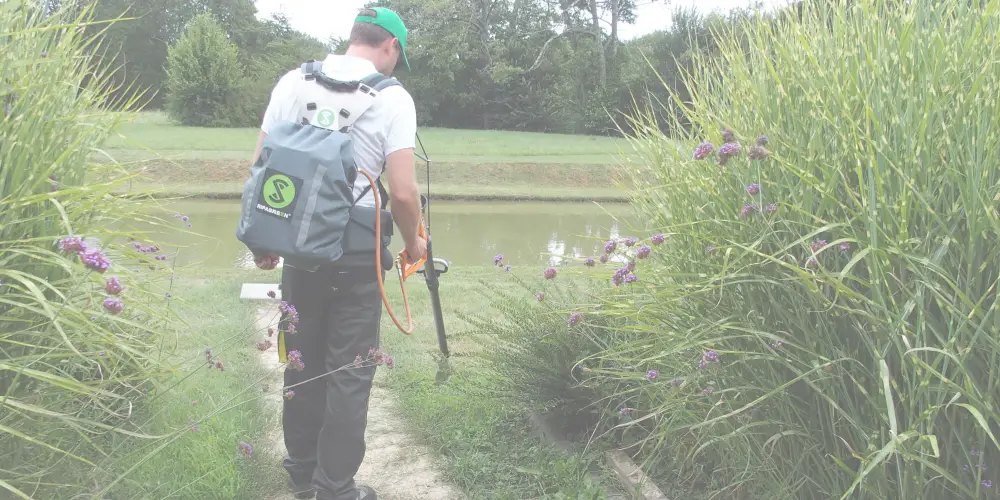
Ripagreen series
Hot Air Weed Control
The next generation of professional hot air weeders has been developed by RIPAGREEN®. This innovative system directs high-velocity hot air over the plant’s leaves, making weed control faster, more efficient, and chemical-free.
The high-temperature air instantly creates a thermal shock, breaking down the plant’s chlorophyll-producing cells. This disrupts photosynthesis, causing the plant to dry out naturally. Visible results appear within hours, making this an effective and eco-friendly weed control solution.
With RIPAGREEN® hot air weeders, weeds don’t need to be burned—just a short exposure to 80°C heat penetrates the leaf. This process saves time and energy, delivering immediate results. Younger weeds and seedlings are particularly vulnerable, as they have fewer root reserves. With regular treatment, the weeds are progressively weakened until they are fully eliminated.
Related Website Items
No, the plant leaf only requires a temperature of less than 80 degrees Celcius to burst the cells in the leaf which leads to the demise of the plant.
No, the Ripagreen thermal lance must be squeezed to operate it. The gas and ignition stops immediately when the lance handle is released.
The Ripagreen Thermal weed control lance remains cool during use. This is because large volumes of air are being forced through the handle, tube and nozzle before being ignited only at the very end of the lance. The head can even be adjusted immediately after use, as long as the head has been kept the correct distance from the ground. If it has been held too close to the ground, the head can potentially get hot from reflected heat.
Rough gas usage on young annual weeds is 1x 5kg bottle per 1000m² (weeds up to 100mm high)
Rough gas usage on established annual weeds is 1x 5kg bottle per 500m² (weeds up to 200mm high)
Rough gas usage on established perennial weeds is 1 x 5kg bottle per 250m² (Weeds up to 200mm high)
It is difficult to establish the gas usage for weeds outside this specification.
Consider using mechanical methods instead.
Consioder removing the cause of the plants access to soil on hard surfaces.
Use biological controls on organic surfaces such as mulching, dense planting of a desirable species, change treatment timings to fall within the above specification.
Cost of 5kg refill GASLITE cylinder from FLOGAS is about £35.00
In comparison The Easy+ kit uses a 10 - 12kg cylinder on the trolley and the lance as above. A refill for this is considerably cheaper at about £42 which roughly halves to cost of the gas.
Notes. Prior to heat weed control solutions it is recommended all sites are cleared of detritus.
The obvious risk to damage to property is fire. As the required heat to kill a plant is only around 75-85 degrees there is no requirement to concentrate heat on any surface long enough to cause ignition. It is good weed prevention practice to remove all detritus from hard surfaces. This is especially important to reduce any risk of fire. A risk assessment should be conducted on all areas and all risks minimised or mitigated. These product have been used, without incident on many types of ancient and modern surfaces.
The Health and Safety Executive (HSE) provide information on their website regarding various aspects of storage, transporting, use and disposal of LPG cylinders. The suppliers of the gas such as Calor and Flogas also provide information. Training should be provded to the opperator on installation of the equipment by either Kersten (UK) Ltd or your supplying dealer. HSE state the following : LPG cylinders Cylinders should be stored preferably in the open air on a concrete or load-bearing surface. Flammable liquids, combustible, corrosive, oxidising materials, toxic materials or compressed gas cylinders should be kept separate from LPG containers in general. Containers should be stored with their valves uppermost. The maximum size of any stack should not exceed 30,000 kg. For storage indoors, no more than 5000 kg may be stored in each purpose designed building compartment and a maximum of five compartments may exist in a single building.
Liqid Gas UK website provides a useful PDF information sheet regarding the use of LPG in cylinders.
Manufacturers specification states the the Ripagreen machine operates at levels of less than 85db. This is an industry standard figure above which ear protection is required. In our experiance however, the Ripagreen lance operates at a level around 60-70db or equivilent to a conversation. Our tests have shown that the operation of the machine in public areas does not appear to cause any concern or behavioral change in peoples attitude.
No, you do not need a licence to use a Ripagreen Thermal Lance to kill weeds.
The gas bottles for the Ripagreen system are commonly available from local gas stokists of Calor or flogas. The gas used is Propane gas commonly used for BBQ's and other heating. We like these new Gaslight cylider from Flogas becase they are much lighter to carry than their steel equivilent.
The Ripagreen uses hot air to kill plants. This method is suitable to use in a much wider variety of weather than many other systems.
The hot air is not affected by drift in the same way chemicals are, so the Ripagreen can be used in moderately windy conditions, provided the flame can be safely controlled.
The Ripagreen is just as effective at killing the plant in the rain, as moisture is a good conductor of heat. The ripagreen operates at temperatures of between 400 - 600 degrees celsius, so it is not largely affected by cold or wet weather.
This makes is a reliable tool for year - round use.
Care should be taken on very hot and dry days, as the heat can cause very dry maerial to catch fire. It is good practice to carry a fire extinguisher when using the Ripagreen and other flame or heat based weed control products.
There are two typical sizes of gas bottle for the Ripagreen. The easy kit uses a 13kg bottle and the mobility kit uses a 5.5kg bottle of gas. You can get these bottles from your local calor or flogas stockists.
The ripagreen uses a regulator to adjust gas consumption. On a low setting the gas is used at approximately 2.9 KG per hour. So this will last about 2 hours of trigger time in the smaller bottle and 4 - 5 hours using the larger bottle.
The machine only uses gas when the trigger is pulled, which means that gas is not consumed when it is not pointed at a weed. In typical conditions this means that a bottle will realistically last much longer than the times stated above.
The Ripagreen uses hot air to kill weeds. When a plant is exposed to temperatures of more than about 76 degrees, the chloroplasts (the cells in the leaf that carry out photosynthesis) will burst or congeal. By destroying these cells, the plant is unable to convert light into energy. It therefore starves the plant, which dies within 72 hours. You will usually start to see the effects of the heat treatment within a few minutes.
Hot air is a very effective tool for treating many weeds in a golf course scenario. A big problem we are often asked to eliminate is the use of chemicals in bunkers, due to the walking of chemicals over the nearby grass and other situations where drift is an issue.
With thermal methods, you can be much more targeted and leave no residues, therefore they are very suitable for applications on a golf course. Many courses have purchased our Ripagreen kits to solve this specific problem.
Hot water will penetrate the soil, which acts as a great insulator - keeping the water good and hot. This allows the water to heat the roots of the plants effectively cooking them. Hot air will not penetrate the soil, so has less effect on root systems.
However, this does not mean that hot air is ineffective. It works very well on annuals and mosses. We encourage people to remove the soil on hard surfaces, which will typically change the types of weeds which emerge. This will mean you are dealing with fewer perennials and woody plants and more often encountering just annuals and mosses, which hot air is very effective at killing.
You can also aid the efficacy of thermal treatments by carrying them out as early in the plant life cycle as possible. They can also be used as a preventative tool, by sterilising the seeds near the surface of the soil.
In noise-sensitive areas, thermal weed machines, especially hot water machines such as Eco Weedkiller which are nearly silent in operation. Using those devices could minimise disturbance while maintaining a weed-free environment in those areas. The Eco Weedkiller SP Series uses electricity to heat the water, which means there is no engine running when the machine is in use.
We also offer battery powered two wheel tractors, which greatly reduce the noise associated with weed brushing and sweeping. Electrifying your fleet can come with many other benefits too, such as reduced hand arm vibrations and cheaper running costs.
